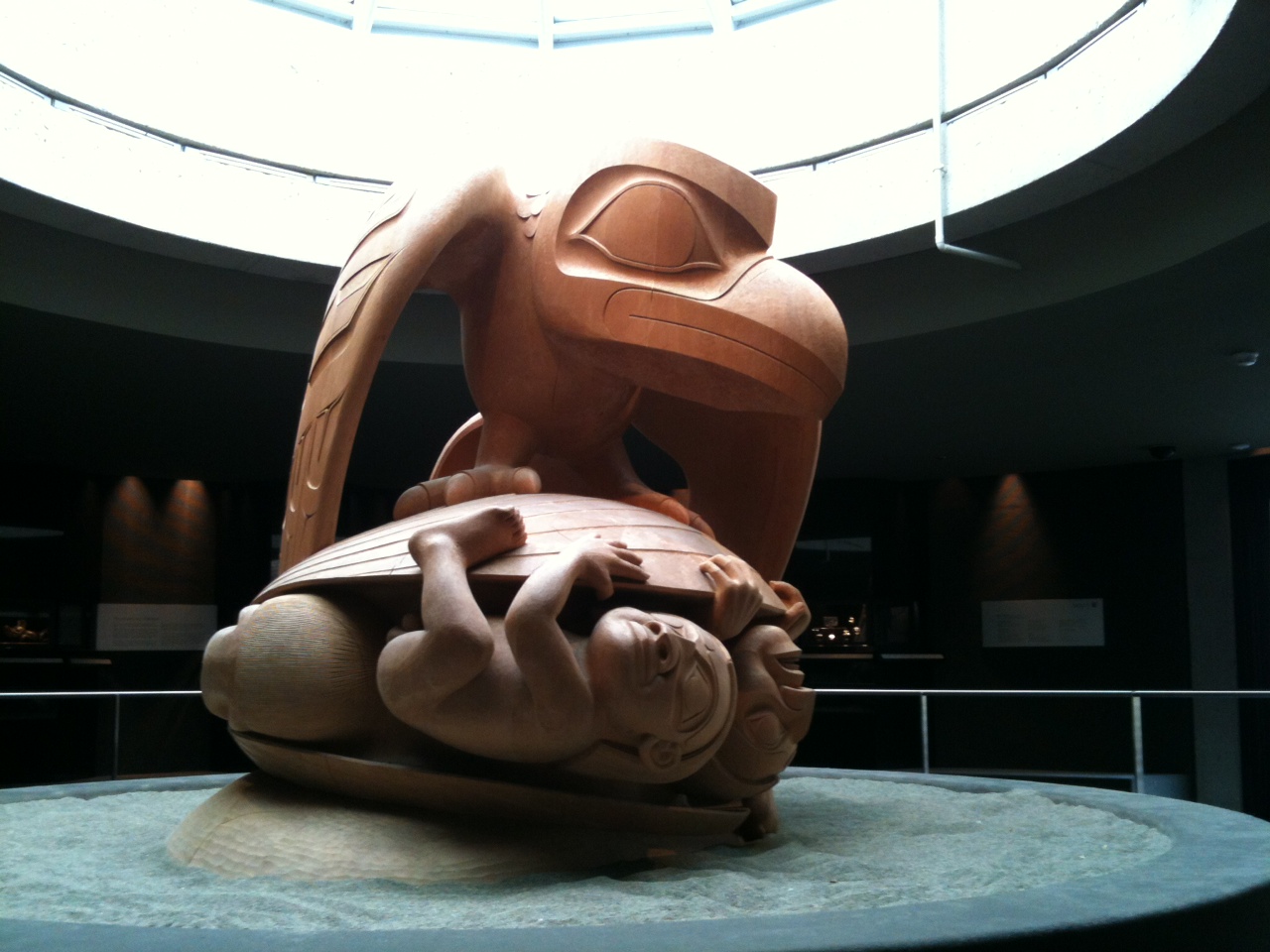Creating an Environment that Supports Diversity
20 October 2012 - 6:55am
 A couple of weeks ago I was discussing teaching Aboriginal history with a colleague. We had both heard stories from some Aboriginal students who at some point in their education had heard their people discussed in the high school and university classroom in a derogatory manner. Aside from the sad news that racism is still alive and well in some of our classrooms, the person with whom I had a conversation - someone with much more teaching experience than I - emphasized that often these concerns are not directly addressed with the teacher and professor.
A couple of weeks ago I was discussing teaching Aboriginal history with a colleague. We had both heard stories from some Aboriginal students who at some point in their education had heard their people discussed in the high school and university classroom in a derogatory manner. Aside from the sad news that racism is still alive and well in some of our classrooms, the person with whom I had a conversation - someone with much more teaching experience than I - emphasized that often these concerns are not directly addressed with the teacher and professor.
Recently, I wrote a blog post for ActiveHistory.ca on James Merrell's provocative article on language use in Aboriginal history. In reading Merrell's piece and writing my own, I realized just how hard it is to avoid using language with deep implications about the past relationships between Europeans and Aboriginal people. Words like prehistory, settler and even hunting territory can be problematic if used without reflection.
As I reflected on some of Merrell's examples I realized just how easy it is for us to be misunderstood through the language we use to discuss Aboriginal people and the European presence in North America. What if students misunderstand, disagree or are offended in my classroom? How would I know? As a history professor who teaches Aboriginal and Canadian history, this often worries me.
I use omsbudspeople in my classrooms in an effort to ensure that students feel comfortable asking for clarification or bringing their discomfort forward. The omsbudspeople in my classrooms are male and female volunteers selected by their classmates at the beginning of the term. They serve as an intermediary, bringing to my attention student concerns that would otherwise remain unaddressed. Their job is not to spy on their colleagues. Rather, the omsbudspeople are available for students to share their concerns with me in an indirect manner.
Over the past four years that I have used this system, I have found that this structure has helped students feel comfortable sharing their opinions and discomfort in class. Although the omsbudspeople are seldom used, student feedback suggests that knowing that they have an avenue to anonymously address their concerns has helped them feel comfortable in my classrooms.
Student reluctance to disagree and question their teachers has important consequences for teaching and learning. Critiquing and challenging how others have interpreted the past is an important skill that many of us seek to teach in the classroom. Without appropriate structures to support students who disagree with their teachers, many students simply leave our classrooms without having addressed their concerns. In the best-case scenario they leave with their biases intact and unchallenged, happily living in ignorance (or enlightenment). In the worst-case scenario, as history teachers, we continue to teach in such a way as to alienate and offend our students. In both cases no learning has taken place.
It is in this spirit that I would like to hear what structures you put in place in your classrooms in order to encourage students to engage with the historical interpretations that you are teaching. What works? What doesn't?
Pictured above: The Raven and the First Men by Bill Reid, from the Museum of Anthropology, Vancouver. Editor's photo
- Se connecter ou créer un compte pour soumettre des commentaires

